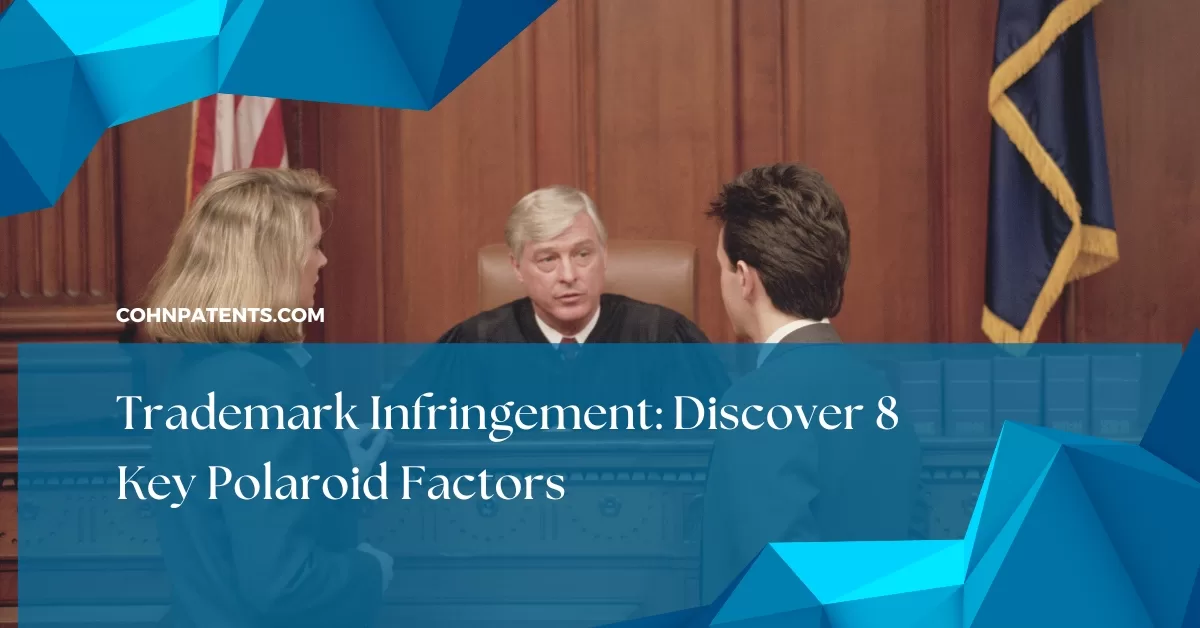One of the more intricate and indeed litigious aspects of trademark law arises when one party claims that another party is using a mark that infringes on the their own mark (either by using the mark without permission or by using an excessively similar mark). Of course, the defendant will seek to prove that his/her mark is sufficiently distinct enough from the first mover’s mark so that there is no infringement. Clearly, there is a certain amount of subjectivity involved in making this decision and in order to better codify the factors that go into determining whether or not there’s infringement, the court will consult the following test.
Polaroid Factor Test:
As a guiding system, the Court’s will use what has now been termed the Polaroid Factors (where they were famously employed in Polaroid Corp. v. Polarad Elect.) to decide if there has in fact been trademark infringement. Fundamentally, the goal of the test is to ultimately determine whether the alleged infringing trademark would create customer confusion. Indeed, avoiding customer confusion is the crux of Trademark law and is critically important in the protection of intellectual property. While each factor is important, not all of them necessarily need to be met for the court to find infringement.
- the strength of the mark.
- the degree of similarity between the two marks.
- the proximity of the products/services.
- the likelihood that the prior owner will bridge the gap.
- actual confusion.
- the defendant’s good faith in adopting its own mark.
- the quality of the defendant’s product.
- the sophistication of the buyers.
Look at the Bigger Picture
Examining this list carefully, one readily begins to see just how useful this test is. Each factor seems to skillfully get at the bigger question of whether or not this mark is the kind of thing that may confuse a potential buyer. The more similar the junior’s mark is to the senior, the greater likelihood for customer confusion and therefore trademark infringement. Conversely, if the marks are not deemed to be excessively similar, the less likelihood there is for customer confusion and therefore a lesser chance the courts will find trademark infringement. This test should be used holistically without too much emphasis on each individual factor.
Contact your Patent Attorney to learn more.


